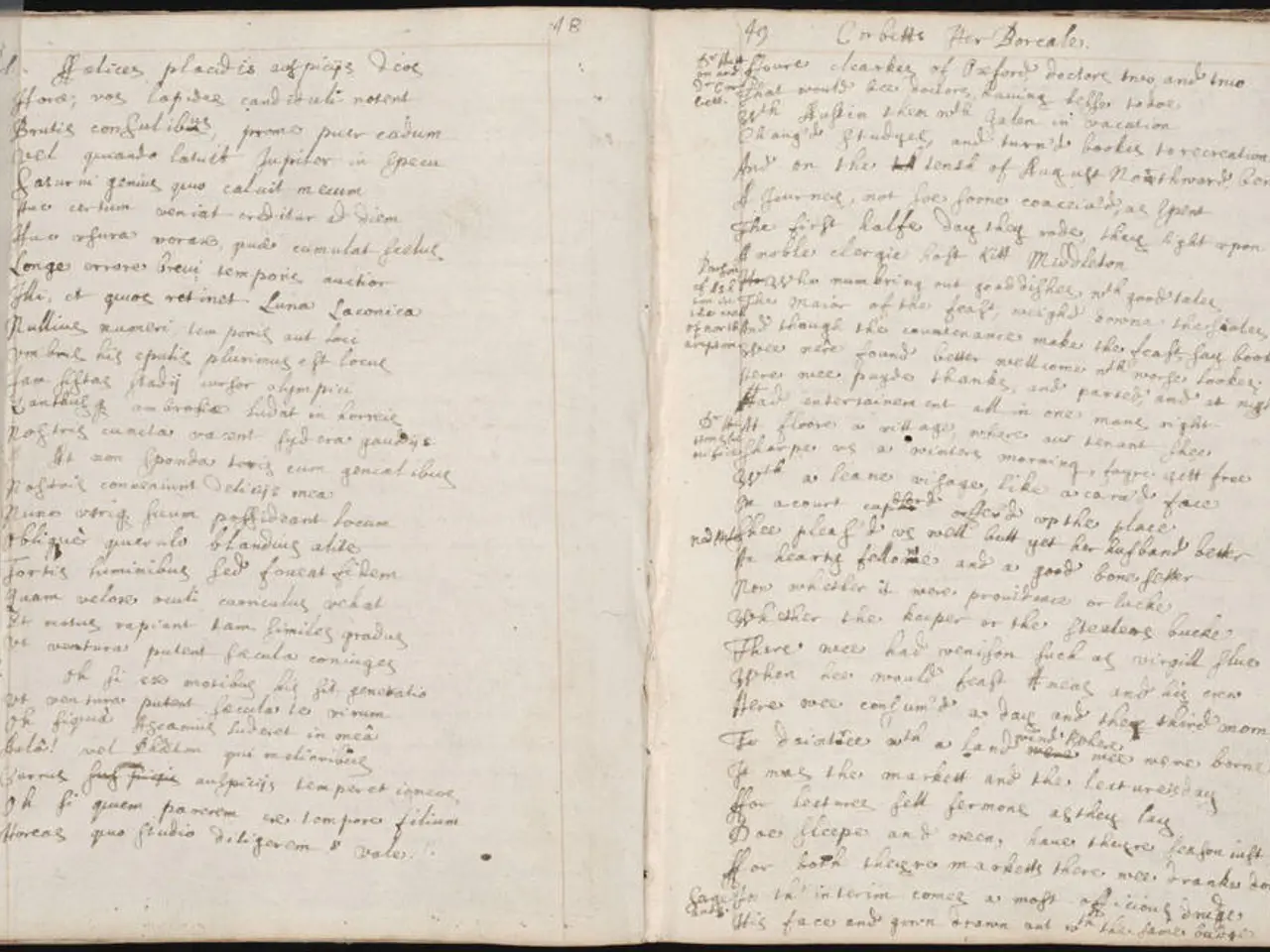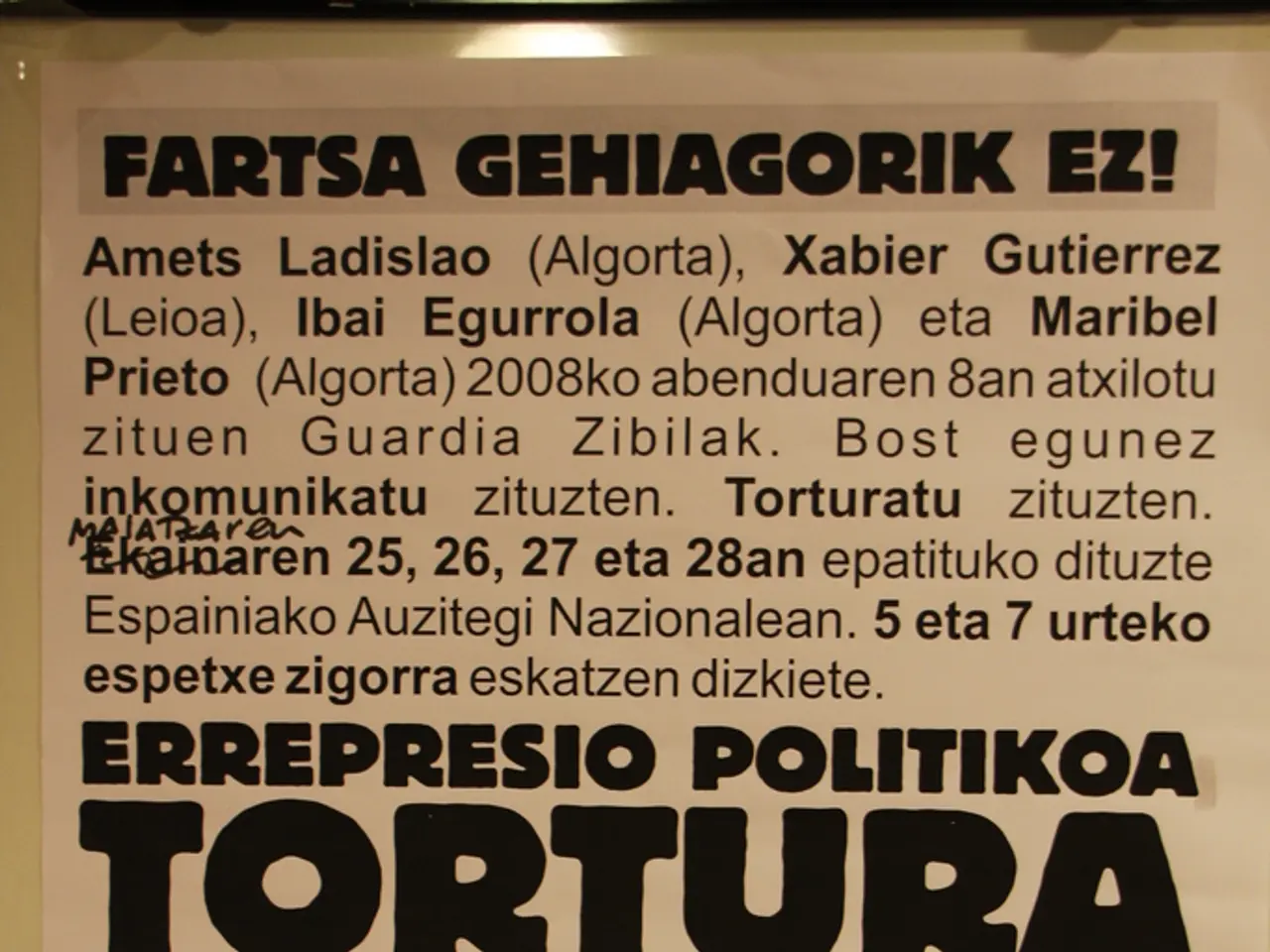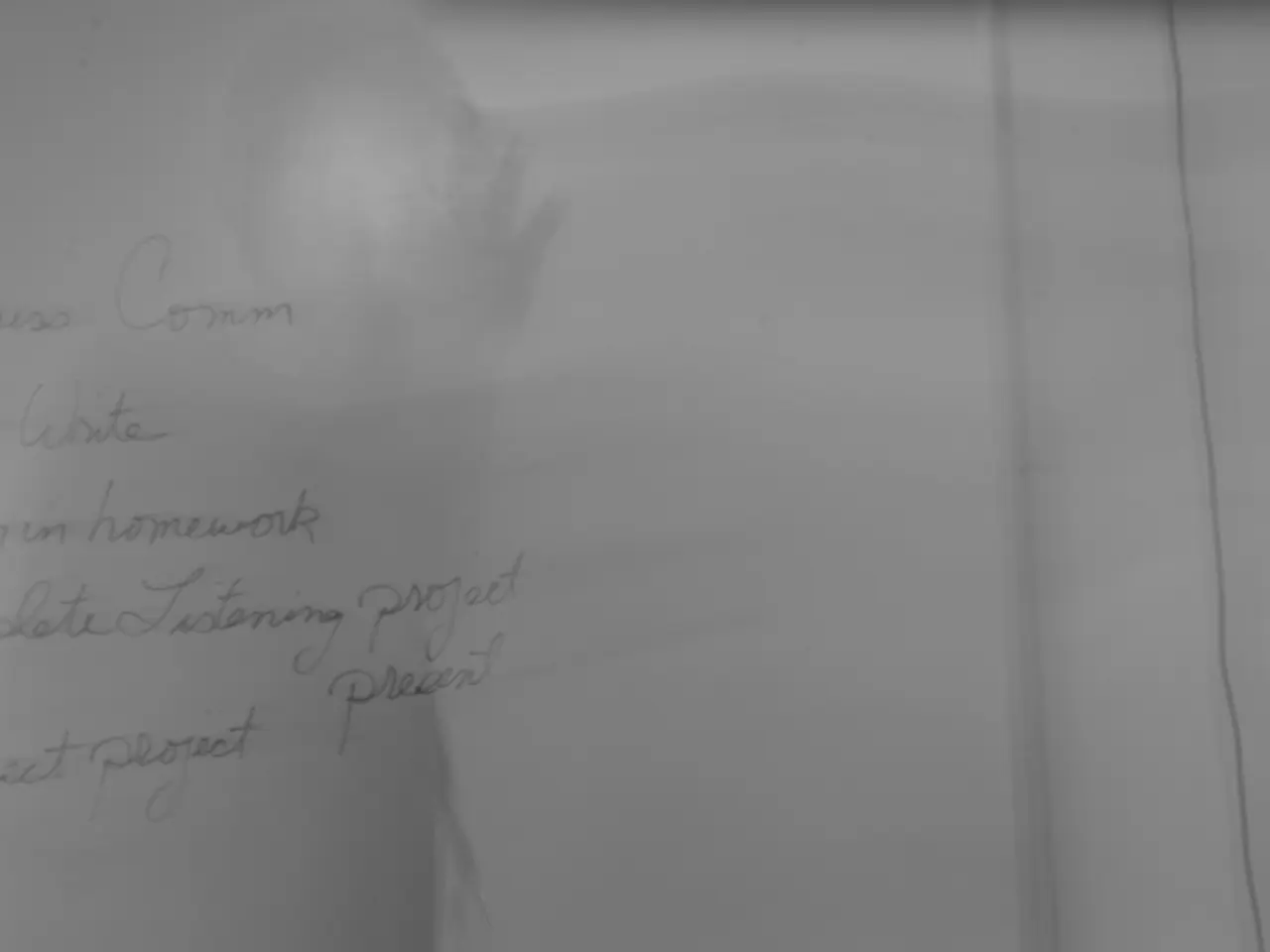Exploiting Alternate History: The Amazon Series, Man in the High Castle
In the realm of television, Philip K. Dick's novel, "The Man in the High Castle," finds a new home on platforms like Amazon, Netflix, Hulu, and YouTube. However, the series adaptation, produced by Amazon, significantly deviates from the original work in terms of plot details, world-building, and thematic emphasis.
The series, while maintaining the basic premise of an alternate history where the Axis powers won World War II, borrows the basic plot, character names, and some key elements but alters major details of the world. For instance, the United States is divided with a "neutral zone" acting as a buffer, unlike the novel where the Rocky Mountain Federation holds the territorial division. The series also replaces the atomic bomb dropped on Washington, DC, with a fictional "Heisenberg Device."
The adaptation expands geographical and political scope beyond the novel. Canada is also divided, Stalin is executed by 1949 (a detail not in the book), and Nazi Germany's population policies, such as Lebensborn, fail in the series, creating new dynamics in the empire's decline.
The series introduces new characters not found in the novel and focuses on the consequences of the Axis victory in a more extended geopolitical and social context. These include more explicit portrayals of resistance movements, nuanced character developments, and layered storytelling involving parallel realities, which are less emphasized in the book.
While the novel is known for its exploration of authoritarianism, reality, and identity, the series offers a broader narrative, focusing more on political intrigue, the moral complexities of occupation, and the human stories amid oppression. This expansion sometimes shifts the narrative tone from the novel’s more introspective style to a broader, dramatic television epic.
Despite these differences, the series carries Philip K. Dick’s characteristic philosophical questioning of reality and alternate histories, although it tends to focus more on these themes in a broader context. The novel, on the other hand, suggests that victory for either side of World War II misses the point, as the spirit of decadence which caused the war has not been turned back. Philip K. Dick, in his novel, views World War II as a symptom of civilization's senescence.
In conclusion, the Amazon adaptation uses the novel as a foundation but constructs a distinct narrative and thematic universe that explores different storylines and broad geopolitical consequences, thus deviating from and expanding upon the original themes and messages in Philip K. Dick's work.
[1] Reference for further reading: https://www.vulture.com/2015/11/the-man-in-the-high-castle-amazon-review.html
- The series version of "The Man in the High Castle" on Amazon not only takes the novel's basic premise of an alternate history but also delves deeper into the geopolitical and social implications, introducing new characters and focusing on aspects like resistance movements and parallel realities that are less emphasized in the original book.
- The adaptation of "The Man in the High Castle" expands upon the themes found in Philip K. Dick's novel, offering a broader narrative that encompasses political intrigue, the moral complexities of occupation, and human stories amid oppression, while maintaining the author's philosophical questioning of reality and alternate histories.







